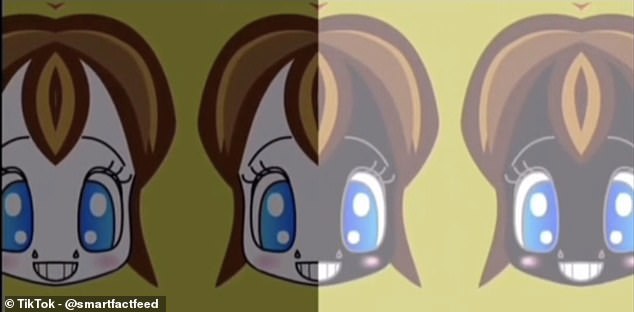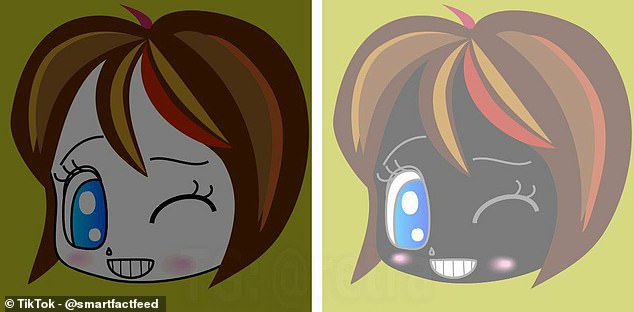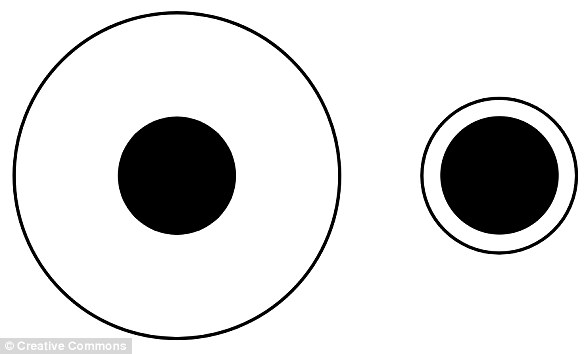From the cigar hidden in the bricks to ‘The Dress’, many optical illusions have baffled viewers over the years.
But the latest illusion is possibly one of the most mind-blowing yet.
The illusion has gone viral on social media and features two cartoon faces.
So what color do you think the faces are?
Your initial reaction is probably that the face on the left is white, while the face on the right is black.
However, when placed together, you will discover that the two faces are actually identical shades of gray.
The illusion has left many people scratching their heads, with one tweeting: “This makes my head hurt, why is it real?”
Another added: “I’ve seen this kind of trick before, but this is definitely the most convincing version I’ve ever seen.”
The face on the left is shown on a dark green background, while the one on the right is shown on a light green background. Several other features are different in the two images, including hair and eyes. However, the faces themselves are actually identical shades of gray.
On the surface, the illusion is very basic and simply features two winking cartoon faces.
The face on the left is shown on a dark green background, while the one on the right is shown on a light green background.
Several other features are different colors in the two images, including hair and eyes.
However, the faces themselves are actually identical shades of gray.
The origin of the cartoon illusion is still unclear, although it has been widely shared on TikTok, X, and Facebook.
In TikToker SmartFactFeed’s video, they show the two faces merging to confirm that the color is the same.
“At first glance, the two faces appear to have different shades, but this is only due to the color of the surrounding hair and the tone of the background,” he explains in the caption.
‘When you place them together, you will see that they are, in fact, exactly the same color and tone.

In TikToker SmartFactFeed’s video, they showed the two faces merging to confirm that the color is the same.
“However, the illusion remains, as perception is still influenced by the background and neighboring colors.”
This is what is known as a “color saturation optical illusion” and it comes down to the way our eyes see and perceive colors and brightness.
“The way we see colors and brightness is due to the cells we have in the retina, at the back of the eye,” explains Lensore.
‘The cones judge the color and the rods judge the brightness of the image we are seeing.
‘These two cells send information to our brain through the optic nerve and the brain, based on that signal, tries to interpret what we see.
“When judging color, the brain perceives it differently compared to what surrounds that object.”
The illusion has been widely shared and many viewers have expressed their disbelief.
‘It really is crazy how this illusion works. “I can’t even describe it,” wrote one user on X (formerly Twitter).
Another added: “I never realize how powerful color context is until images like these appear.”
And one joked: “It’s the dress again.”



